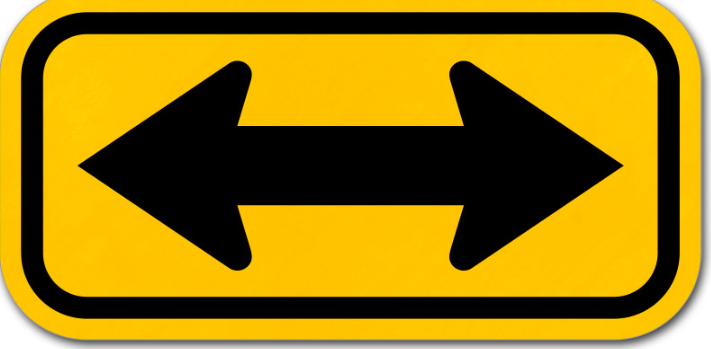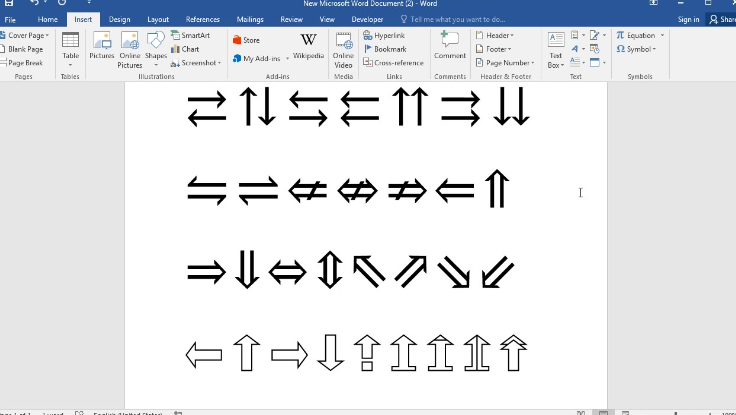What Do These Double Arrows Mean? Understanding Their Significance
Double arrows, a graphical symbol featuring two arrows pointing in opposite directions, are encountered in various contexts in our daily lives. These symbols often hold significant meanings and can be found in diverse settings, from user interfaces to road signs. In this article, we will explore the common uses and interpretations of double arrows, shedding light on what these symbols convey in different situations.

What do these double arrows mean?
1. The Versatility of Double Arrows
Double arrows are versatile symbols that can convey multiple messages depending on their context. Here are some common interpretations:
Bidirectional Navigation:
-
In User Interfaces: Double arrows are frequently used in user interfaces to indicate bidirectional navigation options. They often appear as "previous" and "next" buttons in slideshows, image galleries, or presentations. Users can click or tap these arrows to move forward or backward through content.
-
-
Scrollbar Controls: In graphical user interfaces with horizontal or vertical scrollbars, double arrows may signify the ability to scroll in both directions, allowing users to navigate through content that doesn't fit within the current view.
2. Expand and Collapse
Tree Structures: Double arrows can be seen in tree structures or hierarchical menus. When the arrows are pointing right, they typically indicate that a section or category can be expanded to reveal subcategories or additional information. Conversely, arrows pointing down indicate that a section can be collapsed to save space.
Sorting and Ordering: In data tables or lists, double arrows may be used as sorting icons. When applied to column headers, they indicate the ability to sort the data in ascending or descending order based on the selected column.
3. Traffic Signs
-
Roundabouts: In road signs, double arrows are often used to indicate the flow of traffic within roundabouts. They show the circular path that vehicles should follow when entering and navigating roundabouts.
-
-
Two-Way Traffic: On roadways, double arrows can also signify two-way traffic. These signs warn drivers that they are entering an area where vehicles may be coming from both directions.
4. Elevator Controls
- Elevator Doors: Inside elevators, double arrows are used to indicate the doors' opening and closing functions. These symbols are often accompanied by "open" and "close" labels.
- Media Players: In media players or audio devices, double arrows represent playback controls. They typically indicate the ability to skip to the next or previous track or to fast-forward and rewind within a track or video.
- In Mathematics: Double arrows can serve as mathematical symbols, denoting relationships or operations. For example, the "⇔" double arrow represents "if and only if," indicating a biconditional relationship between statements.

Double arrows in WORD
In conclusion, double arrows are versatile symbols that appear in a wide range of contexts, each carrying a distinct meaning. Whether you encounter them in user interfaces, traffic signs, elevator controls, or mathematical equations, understanding their significance is essential for effective communication and navigation. These symbols simplify interactions, guide us through various processes, and enhance our ability to interpret and respond to visual cues in our daily lives.